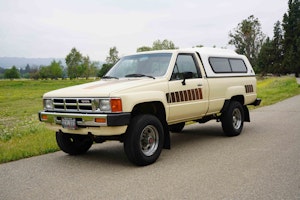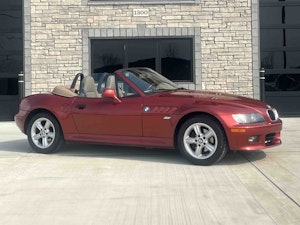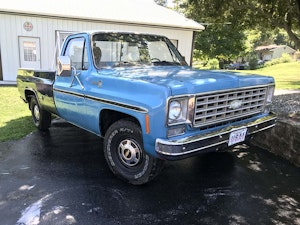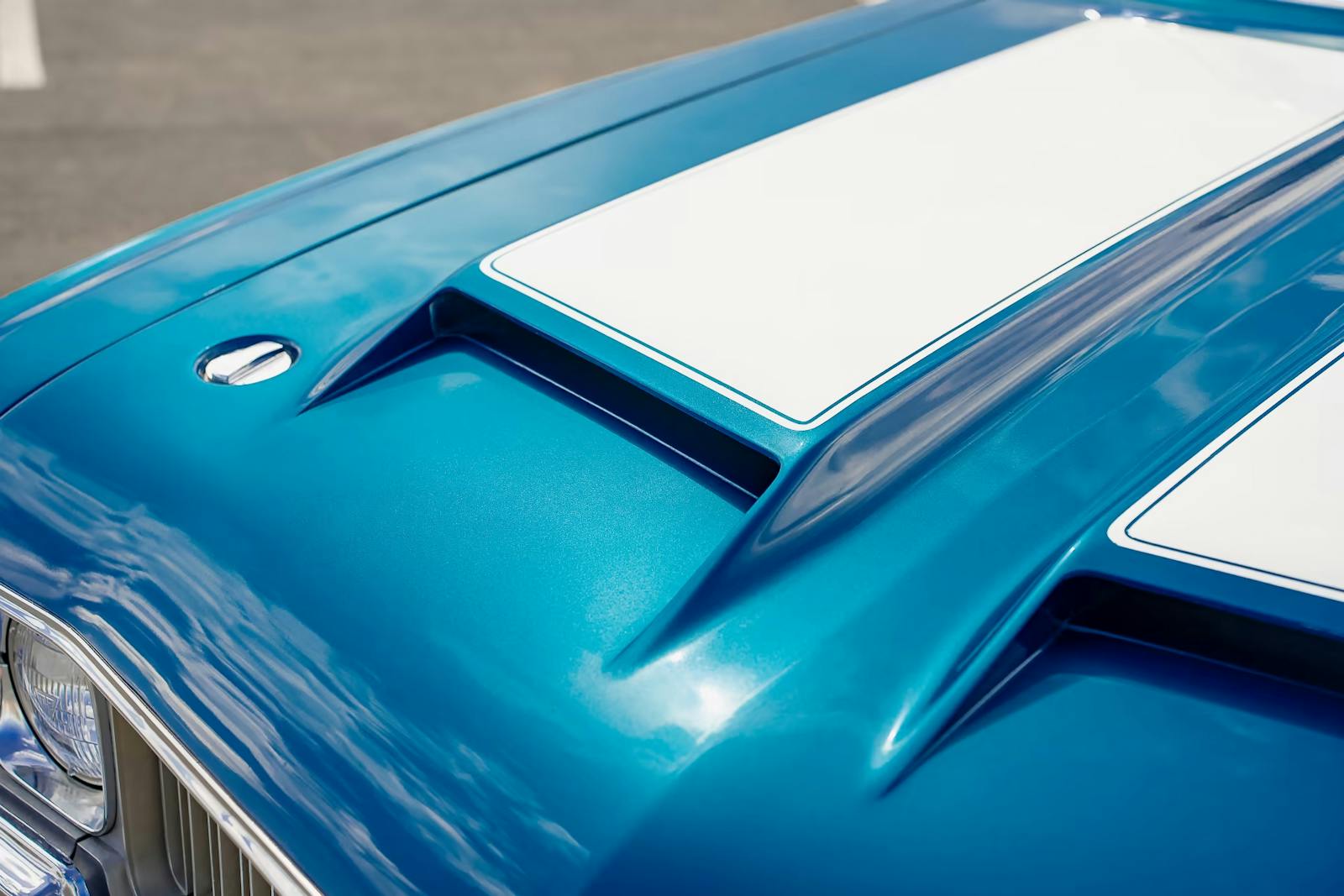Media | Articles
Boomer vs. Gen Xer cars
Gen Xers are poised to inherit the classic car hobby. It’s already starting to happen. As I mentioned in “For Sale by Boomer” in the March issue of Car and Driver, the market for 1950s Americana is already starting to fall flat as the oldest boomers (now pushing 70) start to cash out. Gen Xers (those born from 1965-85) are starting to gain some disposable income, and guess what? They don’t want the cars of their dads. They want the stuff that was on their bedroom wall posters as kids. That places the cars built between 1976 and 1996 squarely in the cross-hairs of impending serious collectability. The dirty secret? In some cases, the Gen Xer cars are better. Here are five of our favorite Boomer vs. Gen Xer comparos:
1964 Pontiac GTO vs. 1976 Pontiac Trans Am: According to John Kraman, the consignment director for Mecum Auctions, “Smoky and the Bandit”-era black and gold T/As are white-hot — easier to move than the granddaddy of muscle cars, the 1964 Pontiac GTO. Makes sense; this being the 50th anniversary year of the GTO, the guys who bought them new that first year are all septuagenarians. Bandit T/As on the other hand are revered by Gen Xers who grew up watching Burt Reynolds’ toupee blowing in the T-top slip stream, humming “East Bound and Down.” To them, it matters little that most malaise-era T/As– save for the 455-cubic-inch versions– were toothless tigers compared to the GTO. They’re cool and that’s enough.
1965 VW Karmann Ghia vs. 1992 Volkswagen Corrado VR6: The Karmann Ghia is an extremely pretty car, but at the end of the day, it’s a Beetle in an Italian suit. The Corrado, on the other hand, is like a Scirocco that’s paid a visit to BALCO — it’s totally juiced. With a delicious narrow angle V-6 and very little torque steer, it may be one of the most desirable front-drivers ever built. Only the motorized-mouse passive restraint seatbelts detract. Unlike Barry Bonds, the VR6 enhancement of the Corrado won’t keep it out of the Hall of Fame of collectible cars. Find a good one now (if you can).
We believe that every classic car has a story. Tell us yours here.
1972 BMW 2002tii vs. 1988 BMW E30 M3: The BMW 2002 has deservedly acquired a big reputation as the seminal German sports sedan. The fuel-injected tii is nearly mythical. Fun cars, but they have non-existent ventilation and the phony wood dash appliqués are a bit chincy. In addition, the carbureted cars feel a bit anemic today and 2002 4-speeds are unpleasant on the highway. The E30 M3, on the other hand, is more high-strung than a thorobred race horse and it only gets better the harder you thrash it. An E30 M3 with just 40,000 miles sold at the Russo and Steele auction in Monterey last year for $40,000. It seemed like a ton of money at the time. A half a year later, it sounds like a screaming deal.
Marketplace
Buy and sell classics with confidence
1970 Datsun 240Z vs. 1992 Mazda RX-7: The 240Z was a phenomenal car when it came out in 1969 at a price of just over $3,500. It was well-built, reliable and did everything well. It was the comet that killed the dinosaurs for the Opel GTs and Triumph GT6s of the world. In actuality, though, its performance envelope wasn’t that astonishing: 0-60 in about 8.7 seconds and around 125 mph. Not that much better than an Austin-Healey 3000 MK III. By contrast, the third-generation RX-7 offered supercar performance and looks at a bargain price, much as the Jaguar E-Type had in 1961. Most have been thoroughly thrashed and run into the ground (like most 240Zs had). The kicker is that far fewer RX-7s made it to the U.S. A good one at under $20K is a steal.
1965 Toyota Land Cruiser vs. 1984 Toyota 4Runner: We love the FJ40 Land Cruiser and, in truth, with its near 30-year production life, it spans both the boomer and Gen-X eras. Insanely overrestored FJ40s are showing up at hoity-toity catalog auctions and bringing close to six figures. As a result, some of us are over the FJ40. Enter the first-generation Toyota 4Runner. Essentially just a Toyota Hilux pickup with a fiberglass shell, many came to the U.S. sans rear seats to skirt passenger-car import duties. There are probably fewer than 1,000 of these left with under 200,000 miles, no rust, and their original paint and tape stripes. We’ve already seen good ones break 20 grand.










